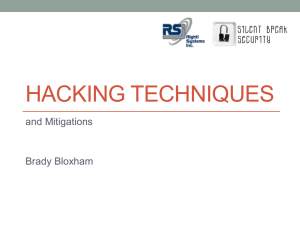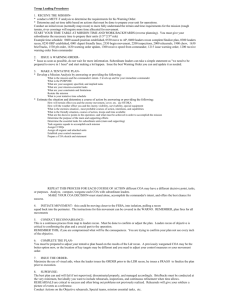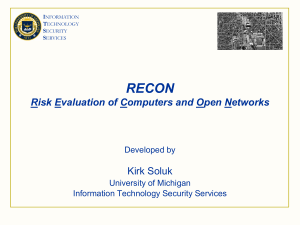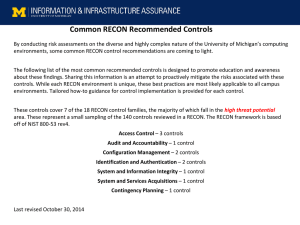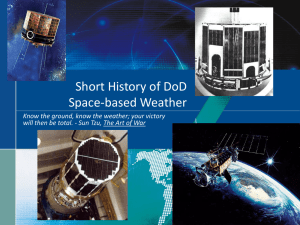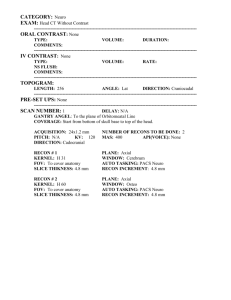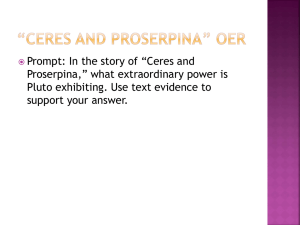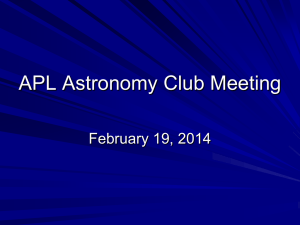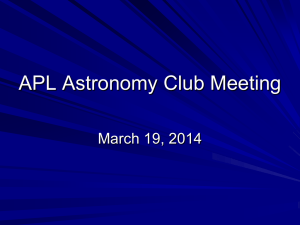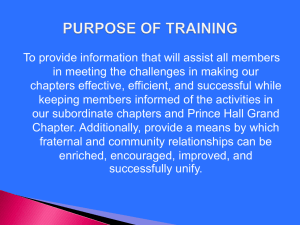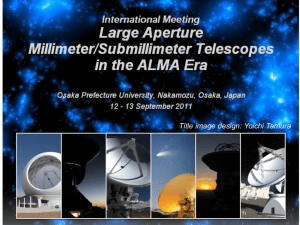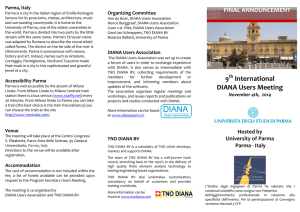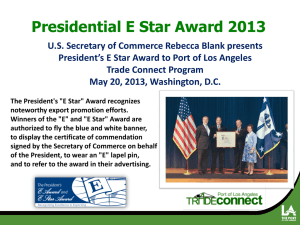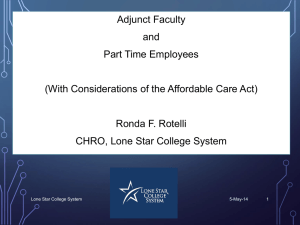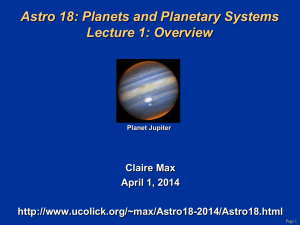RECON Overview (Spring 2013)
advertisement
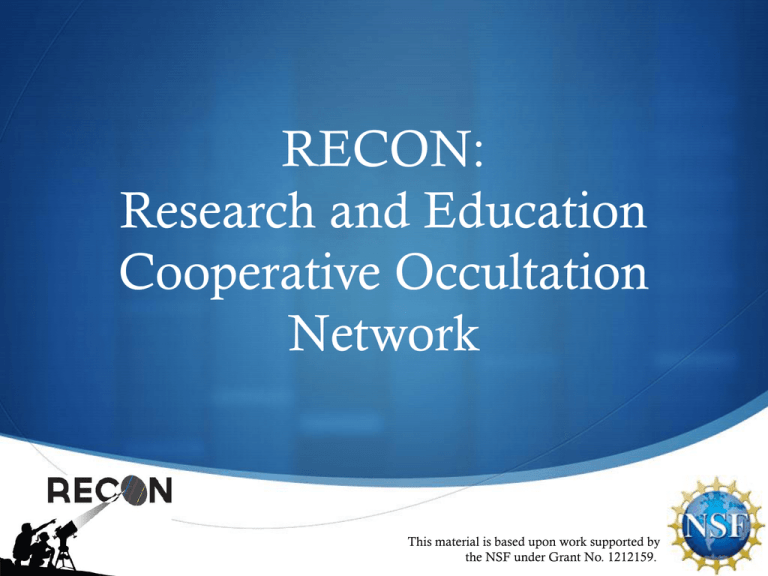
RECON: Research and Education Cooperative Occultation Network This material is based upon work supported by the NSF under Grant No. 1212159. Goal: Measure TNO Sizes Recently discovered objects orbiting beyond Neptune called Trans-Neptunian Objects (TNOs) provide key clues into the formation and history of the Solar System. Determination of TNO sizes is needed to characterize the composition, density, formation, and history of these objects that is currently unknown. Credit: NASA Goal: Measure TNO Sizes Perhaps the most famous TNO is the dwarf planet Pluto. Discovered in 1930, we now know this Kuiper Belt Object (KBO) has at least five satellites. Since 1992, over a thousand additional KBOs have been discovered. Estimates place the number of KBOs larger than 100 km in diameter at over 100,000. Credit: NASA Credit: NASA; ESA; M. Showalter, SETI Institute Method: Occultation Events When a Solar System object such as an asteroid or TNO passes in front of a star, it casts a shadow on on Earth’s surface. This type of astronomical event is called an occultation because the star is “hidden” by the passing object. Credit: IOTA Method: Occultation Timing During an occultation, the star will dim as the Solar System object passes in front of it. Shown here are light curves from data collected by RECON telescope sites in Carson City and Yerrington, Nevada, during an occultation by asteroid (451) Patientia. Credit: Carson City & Yerrington RECON Sites Method: Occultation Chords The size of the object can be determined by measuring the location and duration of the event using a network of telescopes. Shown here is the estimated size of Pluto’s largest moon Charon recorded by three professional observatories in South America in 2005. Credit: Gulbis, et al., Nature 439, 48-51(5 January 2006) Pilot RECON Network The National Science Foundation (NSF) has provided funding to establish a pilot network of 13 telescope sites north and south of Reno. Green sites have received both a telescope and camera system; yellow sites have received camera systems but are providing own telescopes; blue site is proving own telescope and camera system. Tulelake Cedarville Fall River/Burney Greenville Quincy Susanville Portola Reno Carson City Gardnerville Yerington Hawthorne Tonopah Bishop RECON Telescope and Camera Why So Many Telescopes? Uncertainties in object orbits and star positions make accurate predictions of shadow paths for TNOs very challenging. Shown here are differing predictions for our 04 May 2013 campaign targeting Pluto provided by astronomers at MIT (top) and the Observatoire de Paris (bottom). Proposed RECON Network Establishing a network of telescopes every 50 km from Mexico to Canada enhances opportunities for catching TNO shadows. Based on proof-of-concept work by the pilot network, a proposal will be submitted in Fall 2013 to expand to a full network of at least 40 telescope sites. RECON is Citizen Science Citizen science provides opportunity for students, teachers, and community members to collaborate in authentic research. Next Generation Science Standards for K-12 students include scientific and engineering practices inherent in citizen science research efforts. RECON Participants RECON has recruited over 30 educators and 30 amateur astronomers/community members to participate in this exciting research effort. Roughly 40 of these participants attended an intensive training conference held in Carson City in April 2013. RECON Project Benefits Students, teachers, and community members conduct authentic research with professional astronomers to measure currently undetermined characteristics of our Solar System. RECON telescopes and cameras provided to each community are available for public star parties, education, and research. Project scientists Marc Buie (Boulder) and John Keller (San Luis Obispo) will provide public talks during planned community visits. RECON is connecting participants both within local communities and across the entire network. Ways to Get Involved Join a local RECON team and help during occultation events First official campaign: Pluto on Saturday, May 4, 2013 Join the RECON listserve (contact recon@calpoly.edu) Participate in local RECON star parties and astronomy activities Amateur astronomers with telescope/camera equipment outside RECON communities Contact recon@calpoly.edu to join in RECON coordinated observations Join International Occultation Timing Association (IOTA) – www.occultations.org Ways to Get Involved Stay current and connected to RECON activities: RECON Blog and Website: Visit tnorecon.net RECON listserve: Contact recon@calpoly.edu Facebook: Like us at TNO RECON Twitter: Follow us @tno_recon “This is cutting edge real science! This isn’t like in my classroom where we repeat others’ work over and over getting the same results. People will be repeating our work someday!” “The telescope is awesome! I can’t wait to take it out and show my students the night sky. We are no longer just learning science . . . we are DOING science.” - Quotes from RECON Workshop Participants This material is based upon work supported by the NSF under Grant No. 1212159.
